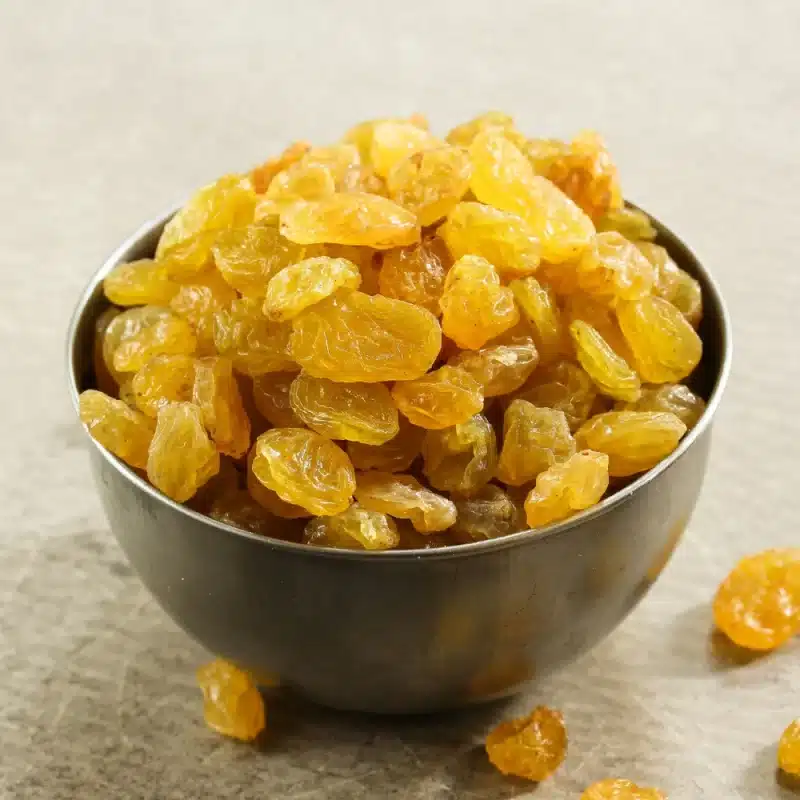Dried fruits like munakka and kishmish are a popular and healthy snack option. They are loaded with essential nutrients and are a good source of energy when consumed in moderation. However, many people often mistake one for the other, not knowing the significant difference between them. In this blog post, we will explore the differences between munakka and kishmish.
What is Munakka?
Munakka is a dried grape variety that is obtained by drying whole grapes, including the seeds, in the sun or a dehydrator. This process differs from kishmish, which is made by drying grapes without the seeds. Munakka can be consumed as a snack or an ingredient in various desserts and savory dishes. They are often larger in size than kishmish and have a chewy texture.
What is Kishmish?
Kishmish, on the other hand, is the result of drying grapes with the seeds removed. They are typically smaller in size and more common than munakka. Kishmish is a good source of essential nutrients, making it an excellent snack option for people of all ages. They are also used as toppings on various desserts and sweets.
Nutritional Differences:
Both munakka and kishmish are nutrient-dense and offer various health benefits. However, they have different nutritional values, which are worth considering.
Munakka is rich in dietary fiber, iron, and potassium compared to kishmish. It contains more antioxidants and has been shown to have a higher concentration of resveratrol, a compound that has anti-inflammatory and anti-cancer properties.
Kishmish, on the other hand, has a slightly lower calorie count than munakka. It is an excellent source of vitamin C, calcium, and iron.
Uses of Munakka and Kishmish:
Both munakka and kishmish are used in various ways in Indian cooking. Munakka is often used in savory dishes like biryanis, pulao, and even meat curries. It is also used in various Indian desserts like phirni (an Indian rice pudding), sevaiya (a type of vermicelli pudding), or gajar ka halwa (a carrot-based Indian dessert). Similarly, kishmish is used in sweet dishes like kheer (an Indian rice pudding), halwa, and barfi (sweet milk-based fudge). Munakka and kishmish are both nutrient-dense dried fruits that offer various health benefits. While they might look similar, they differ in terms of nutritional value, size, and texture. While munakka is a good source of fiber, iron, potassium, and antioxidants, kishmish is relatively lower in calories and a good source of vitamin C, calcium, and iron. By understanding the difference between the two, you can make informed decisions about their use in cooking and snacking.
In dried fruits, raisins and kismis are among the most famous ones. They taste good, and they make you think. These swee...
Continue reading



